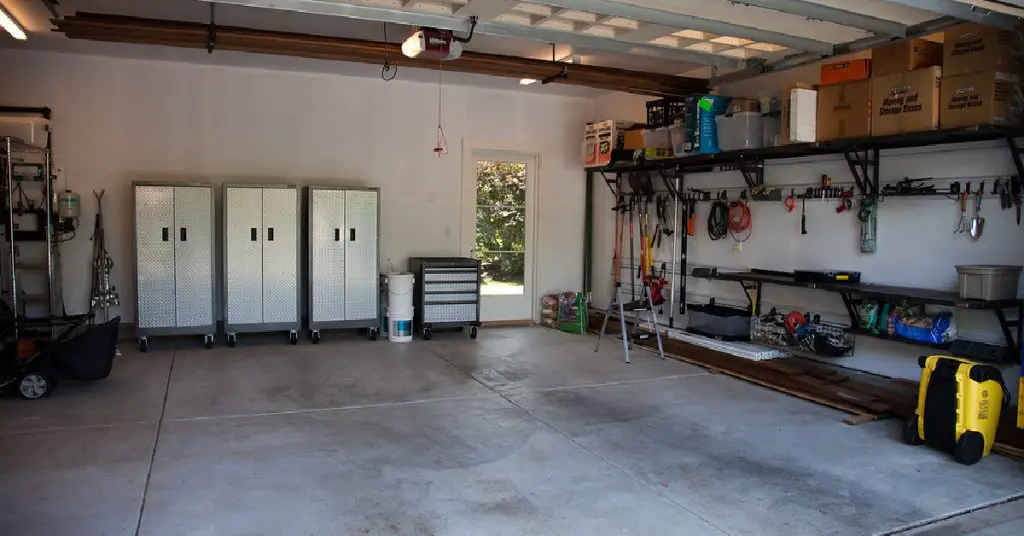If you’re tired of manually opening and closing your garage door, it may be time to consider upgrading to an automatic system. An automatic garage door offers convenience, increased security, and improved functionality. In this comprehensive guide, we will walk you through the process of how to change garage door from manual to automatic, providing step-by-step instructions and valuable insights along the way.
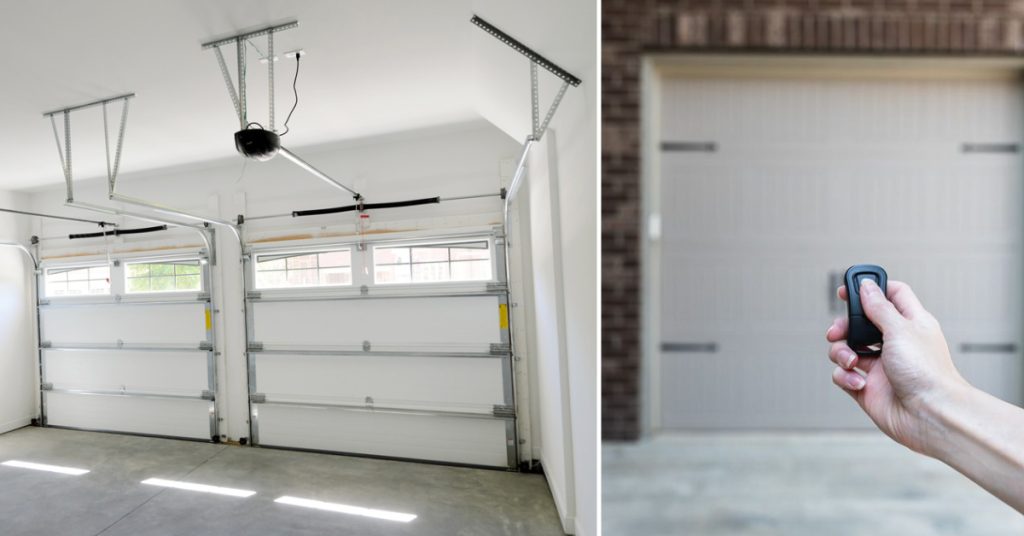
4 Benefits of Upgrading to an Automatic Garage Door
Making the switch from a manual to an automatic garage door has numerous benefits. Let’s explore some of the key advantages:
1. Convenience and Ease of Use
With an automatic garage door opener, you’ll no longer need to manually lift or lower your garage door. Instead, you can operate it with a simple click of a button. This convenience is especially valuable during inclement weather or when you’re in a hurry.
2. Increased Security
An automatic garage door offers enhanced security compared to a manual one. Many modern automatic garage door openers feature advanced security features, such as rolling code technology, which helps prevent unauthorized access to your garage.
3. Improved Energy Efficiency
Automatic garage doors are typically better insulated than manual doors, helping to reduce heat transfer and maintain a more comfortable temperature inside your garage. This can lead to energy savings and lower utility bills.
4. Enhanced Home Value
Upgrading to an automatic garage door can significantly increase the value of your home. Potential buyers often prioritize properties with modern features and convenient amenities, making an automatic garage door a desirable selling point.
Assessing Your Current Garage Door
Before you can proceed with the upgrade, it’s essential to assess the condition of your current garage door. Consider the following factors:
A. Age and Condition
Evaluate the age and overall condition of your garage door. If it’s in good shape and functions properly, it may be suitable for an automatic opener installation. However, if your garage door is old, damaged, or lacks proper insulation, it may be more cost-effective to replace it entirely.

B. Size and Weight
Measure the size and weight of your garage door. Automatic garage door openers are designed to handle specific weight capacities. Ensure that your chosen opener can support the weight of your existing door.
C. Material
Consider the material of your garage door. Automatic openers are compatible with a variety of materials, including steel, wood, and aluminum. However, the specific opener you choose may have limitations or recommendations based on the door’s material.
Choosing the Right Automatic Garage Door Opener
Selecting the right automatic garage door opener is crucial for a successful upgrade. Here are some factors to consider:
1. Drive Type
Automatic garage door openers come in three main drive types: chain drive, belt drive, and screw drive. Each type has its pros and cons in terms of noise level, durability, and price. Choose the drive type that best suits your needs and budget.
2. Horsepower
The horsepower (HP) rating of the opener determines its lifting capacity. Residential garage doors typically require ½ or ⅓ HP openers, while commercial doors may need higher horsepower. Consider the weight and size of your garage door when selecting the appropriate horsepower.
3. Safety Features
Ensure that the automatic garage door opener you choose includes essential safety features, such as an automatic reverse mechanism, photoelectric sensors, and manual release options. These features help prevent accidents and ensure the safety of users.
4. Additional Features
Consider any additional features or conveniences you may want, such as smartphone integration, Wi-Fi connectivity, or battery backup systems. These optional features can enhance the functionality and usability of your automatic garage door opener.
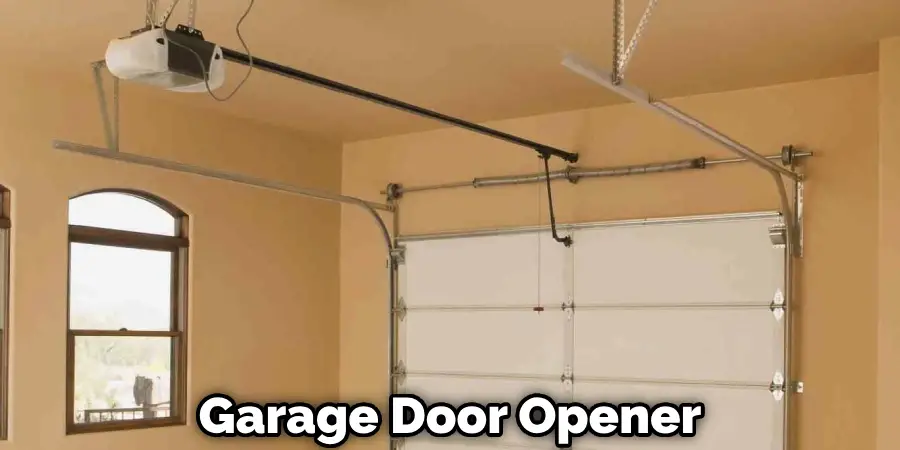
7 Easy Steps for How to Change Garage Door From Manual to Automatic
Preparing for the Installation
Before you begin the installation process, gather the necessary tools and materials. Here’s a list of common items you may need:
- Automatic garage door opener kit
- Mounting brackets and hardware
- Safety sensors
- Door control panel or remote transmitter
- Ladder
- Power drill
- Screwdriver
- Measuring tape
- Level
- Wire cutters
- Electrical wiring and connectors (if needed)
- Personal protective equipment (safety glasses, gloves)
Now that you have all the required tools and materials, it’s time to install the automatic garage door opener. Follow these steps:
Step 1: Clear the Area and Disconnect Power
Before beginning any work, clear the area around your garage door and disconnect the power to avoid any accidents. This ensures a safe working environment.
Step 2: Install Mounting Brackets
Attach the mounting brackets to the ceiling or wall, following the manufacturer’s instructions. Ensure that the brackets are securely fastened and leveled.
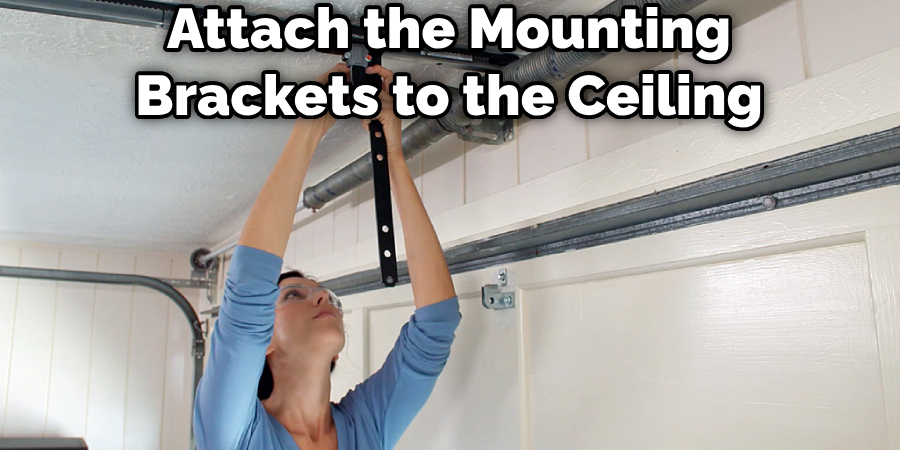
Step 3: Install the Rail and Trolley
Attach the rail to the mounting brackets, and then connect the trolley to the rail. Make sure the trolley is properly aligned and securely attached.
Step 4: Install the Drive System
Depending on the type of drive system (chain, belt, or screw), follow the manufacturer’s instructions to install the drive system components. This may involve connecting the chain or belt to the trolley and motor.
Step 5: Install Safety Sensors
Place the safety sensors on each side of the garage door, approximately six inches above the ground. Ensure that the sensors are aligned and facing each other.
Step 6: Connect Wiring and Power
Connect the wiring from the opener to the appropriate terminals on the motor unit. Follow the manufacturer’s instructions for proper wiring and grounding. Once the wiring is complete, restore power to the opener.
Step 7: Test the System
After the installation is complete, test the automatic garage door opener by operating it with the control panel or remote transmitter. Ensure that the door opens and closes smoothly and that the safety sensors function correctly.
4 Easy Steps for Programming and Testing the System
Once the automatic garage door opener is installed, you’ll need to program it to work with your specific door and preferences. Follow these steps:
Step 1: Set the Travel Limits
Using the control panel or remote transmitter, set the travel limits for the garage door. This ensures that the door opens and closes fully without hitting the ground or ceiling.
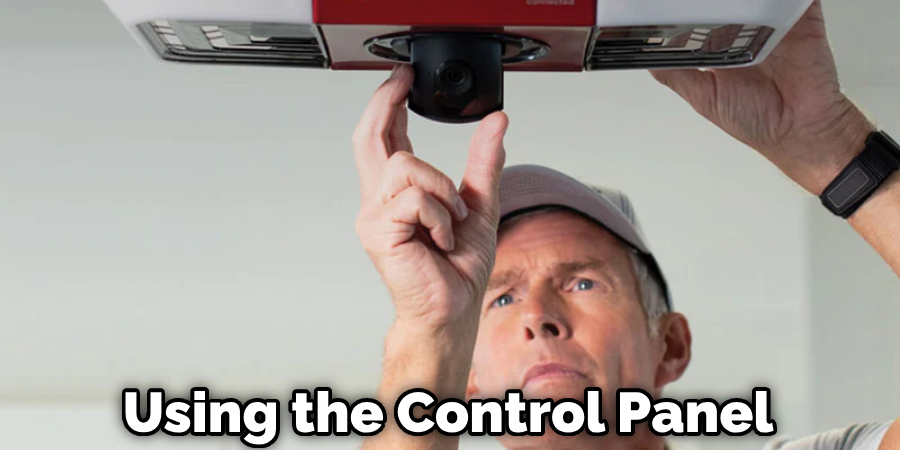
Step 2: Adjust the Force Settings
Adjust the force settings to ensure that the opener exerts enough force to open and close the door smoothly but not excessively. Consult the manufacturer’s instructions for proper force adjustment procedures.
Step 3: Program Remote Transmitters
If your automatic garage door opener supports remote transmitters, follow the manufacturer’s instructions to program them. This allows you to control the door from outside the garage.
Step 4: Test the Safety Features
Test the safety features of the opener, including the automatic reverse mechanism and the functionality of the safety sensors. Place an object in the path of the closing door to ensure that it reverses when an obstruction is detected.
Maintenance and Troubleshooting Tips
To keep your automatic garage door opener in optimal condition, regular maintenance is necessary. Here are some maintenance tips:
1. Lubrication
Periodically lubricate the moving parts of the garage door opener, such as the chains, rollers, and tracks. This helps reduce friction and ensures smooth operation.
2. Inspections
Regularly inspect the components of the opener, including the springs, cables, and pulleys, for signs of wear or damage. Replace any worn or damaged parts promptly to prevent further issues.
3. Sensor Alignment
Check the alignment of the safety sensors regularly. If they become misaligned, realign them to ensure they function properly.
If you encounter any issues with your automatic garage door opener, consult the manufacturer’s troubleshooting guide or contact a professional for assistance.
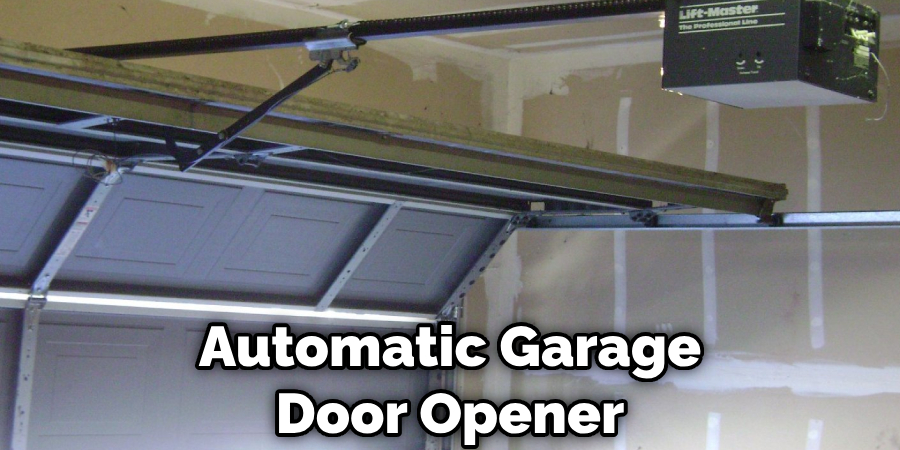
Safety Considerations
When upgrading your garage door to an automatic system, it’s essential to prioritize safety. Here are some important safety considerations:
1. Knowledge and Awareness
Educate yourself and your family members about the proper operation and safety procedures of the automatic garage door opener. Ensure that everyone knows how to use the door safely and understands the potential hazards.
2. Regular Maintenance
Perform regular maintenance and inspections to keep the garage door and opener in safe working condition. Promptly address any issues or malfunctions to prevent accidents.
3. Children and Pets
Keep children and pets away from the garage door and its operating mechanism. Warn them about the dangers of playing near the door and teach them to never stand or walk under a moving garage door.
4. Emergency Release
Familiarize yourself with the emergency release mechanism of your automatic garage door opener. In case of a power outage or malfunction, you should be able to manually open and close the door.
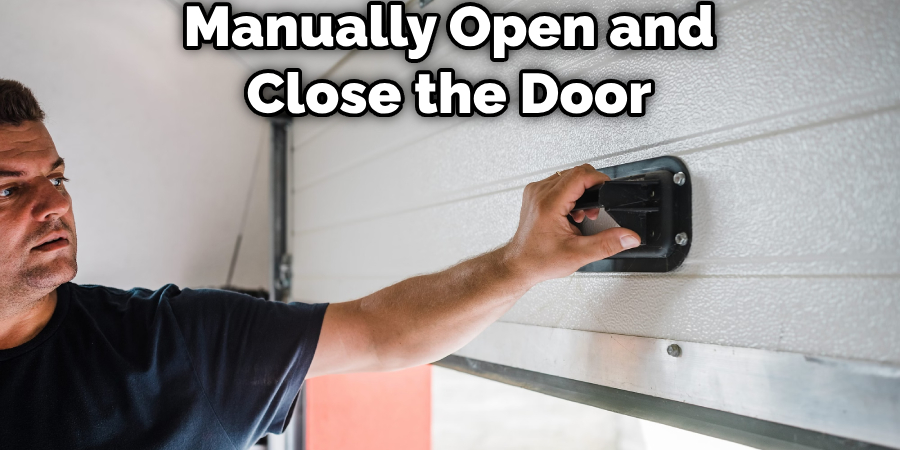
FAQs About How to Change Garage Door From Manual to Automatic
Can a Garage Door Automatically Open?
Yes, a garage door can automatically open under certain circumstances. There are a few reasons why a garage door might open by itself. One possible cause is overlapping signals, where multiple remote controls or wireless devices are sending signals to the garage door opener simultaneously. Another reason could be blocked or misaligned safety sensors, which may prevent the door from closing properly and cause it to open unexpectedly.
Are Automatic Garage Doors Safe?
Automatic garage doors can be safe when proper precautions are taken. However, there are potential safety hazards associated with garage doors that need to be addressed.
What is the Difference Between Electric and Manual Garage Doors?
The main difference between electric and manual garage doors lies in their operation. Manual doors require physical effort to open and close, while electric doors can be activated with a button. Manual doors are cheaper and can still function during a power outage, but electric doors offer convenience and come with various types of openers. Electric doors are the most popular choice among homeowners.
Can I Convert Manual Garage Door to Automatic?
Yes, it is possible to convert a manual garage door to an automatic one. However, this process typically requires the installation of a garage door opener system. To do this, you will need to purchase a garage door opener kit that suits your specific door type and size. The kit usually includes a motor, a drive mechanism, remote controls, and safety sensors.
Conclusion
Congratulations on successfully upgrading your garage door from manual to automatic! By following this step-by-step guide, you have transformed your garage into a more convenient and secure space. Enjoy the ease of operation and peace of mind that an automatic garage door opener brings. Remember to prioritize safety and perform regular maintenance to keep your system in optimal condition.


